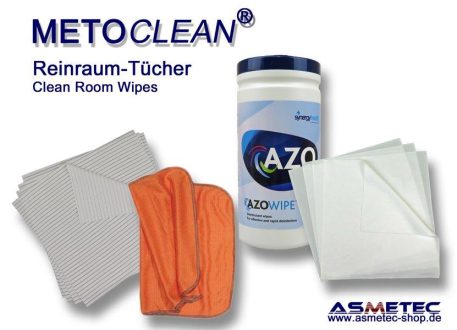Information on PFAS regulations for manufacturers of medical devices
“In the long term, the existing and new restrictions on PFAS mean that manufacturers need to find alternative substances”, says Dr Baridueh Badon, Global Project Manager, Medical and Health Services (MHS) at TÜV SÜD. “In our white paper ‘PFAS Chemicals in Medical Devices – Next Steps for Manufacturers’, we inform manufacturers of what to expect and possible considerations.” In March 2023, five member states of the European Union, including Germany, suggested introducing significant restrictions on the use of PFAS. The proposals amount to a complete ban with rules for exceptions and various transitional periods. The EU Commission’s decision is expected by 2025 at the earliest. At present, the registration, evaluation and restriction of chemicals are governed by Regulation (EC) No. 1907/2006 (REACH). In the USA, regulation of the PFAS falls under the responsibility of the environmental protection agency, EPA, which most recently published maximum contaminant levels (MCLs) for PFAS in its drinking water regulation. Other countries are also planning to introduce restrictions or are already implementing them.
“Forever chemicals” – opportunities for medical devices, risks for the environment
PFAS are extremely resistant to heat as well as water- and fat-repellent, and do not react easily with other substances. These characteristics make them highly suitable for medical devices to be used in and on the human body, where they are exposed to body tissues, blood or urine (bio-inert). In these applications PFAS are used primarily for coatings and as additives, ensuring the durability of implants and low-friction devices like catheters. However, all of the above advantages are accompanied by certain disadvantages. Studies have shown that PFAS residues accumulate in the environment over decades, polluting water, soil and even the atmosphere worldwide. From there, they enter our food chain and eventually build up, or bioaccumulate, in the human organism. As most PFAS break down only very slowly, even low concentrations of PFAS can endanger human health. In addition, many PFAS are suspected of playing a role in various diseases. “At present, there is no indication that medical devices also release significant amounts of PFAS”, says Dr Baridueh Badon. “However, chemicals may enter the environment in the course of their production and disposal, and disposal is difficult owing to the high chemical stability and durability of the substances.”
Business challenges and next steps
“A complete ban of PFAS without marketable alternatives would put our health care at risk”, points out Dr Baridueh Badon. “In this case, some products could only be delivered with long delays or at significantly higher costs, if indeed at all. Given this, it is vital to develop and, where applicable, clinically test safe and effective PFAS alternatives as early as possible. This is the only way to build up robust supply chains in a timely manner.” The replacement materials must offer similarly excellent non-stick characteristics. They must match PFAS for durability and chemical and hydrolytic stability as well as biocompatibility and safety, and involve only acceptable risks for people and the environment. Manufacturers of medical devices also need to monitor changes in the legislation of different markets in order to successfully manage and document the approval of their products. Dr Baridueh Badon says, “Manufacturers who have another suitable alternative to PFAS will may be considered to having a supply chain challenge advantage.”
TÜV SÜD supports medical device manufacturers in launching safe and performing devices on the market. To this end, the company’s experts use their global network of laboratories to carry out biocompatibility testing and chemical analyses and validate packaging systems. These activities can make a targeted contribution to PFAS detection and substitution. The experts also evaluate the conformity of devices and materials with the applicable regulatory acts.
More than 15,000 substances in use across industries
Overall there are about 15,000 different PFAS in existence; among them, perfluorooctanoid acid (PFOA) has been banned in the EU since 2020 and the use of perfluorooctane sulfonic acid (PFOS) has been largely restricted. Beyond medical devices, PFAS also play an important role in the chemical industry and are also used in consumer products such as pans or textiles, in fire-extinguishing foams and in chain oils and lubricants. The regulatory provisions governing PFAS vary between countries and regions.
The white paper can be downloaded directly from the TÜV SÜD website HERE.
Founded in 1866 as a steam boiler inspection association, the TÜV SÜD Group has evolved into a global enterprise. About 28,000 employees work at over 1.000 locations in about 50 countries to continually improve technology, systems and expertise. They contribute significantly to making technical innovations such as Industry 4.0, autonomous driving and renewable energy safe and reliable. tuvsud.com
TÜV SÜD AG
Westendstraße 199
80686 München
Telefon: +49 (89) 5791-0
Telefax: +49 (89) 5791-1551
http://www.tuvsud.com/de
Pressesprecher
Telefon: +49 (89) 5791-1592
Fax: +49 (89) 5791-2269
E-Mail: Dirk.Moser-Delarami@tuvsud.com
![]()



